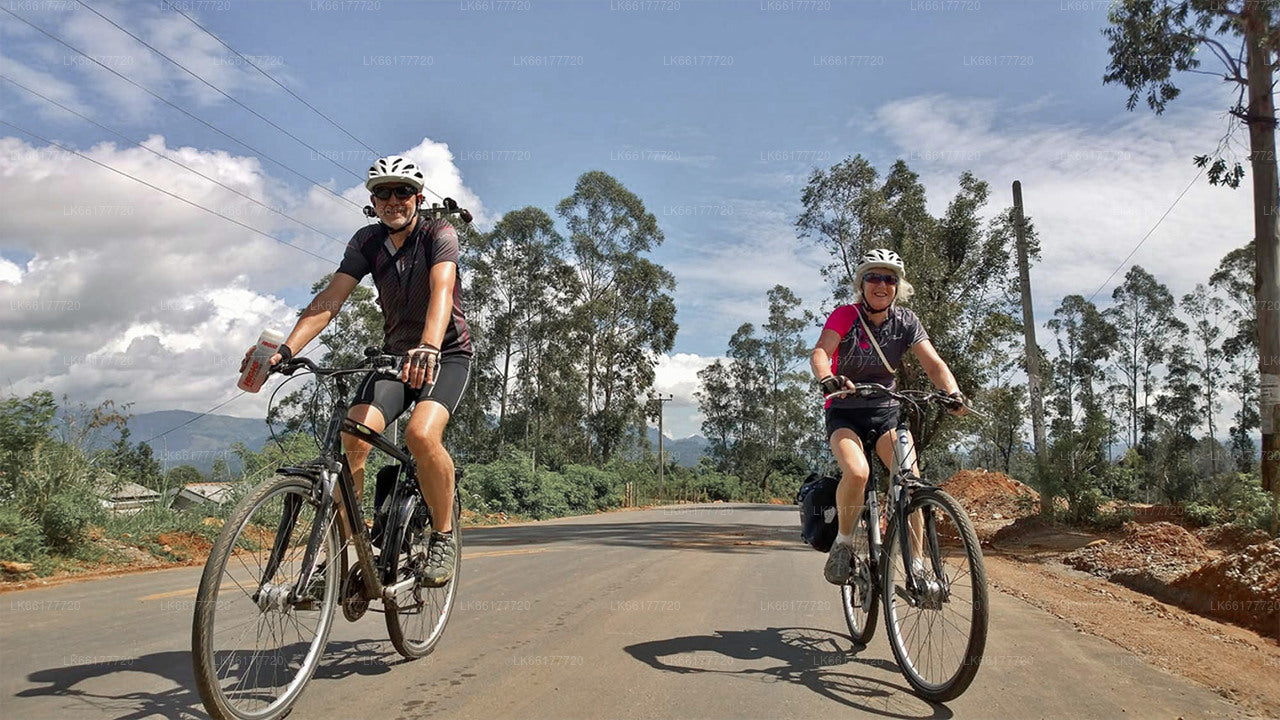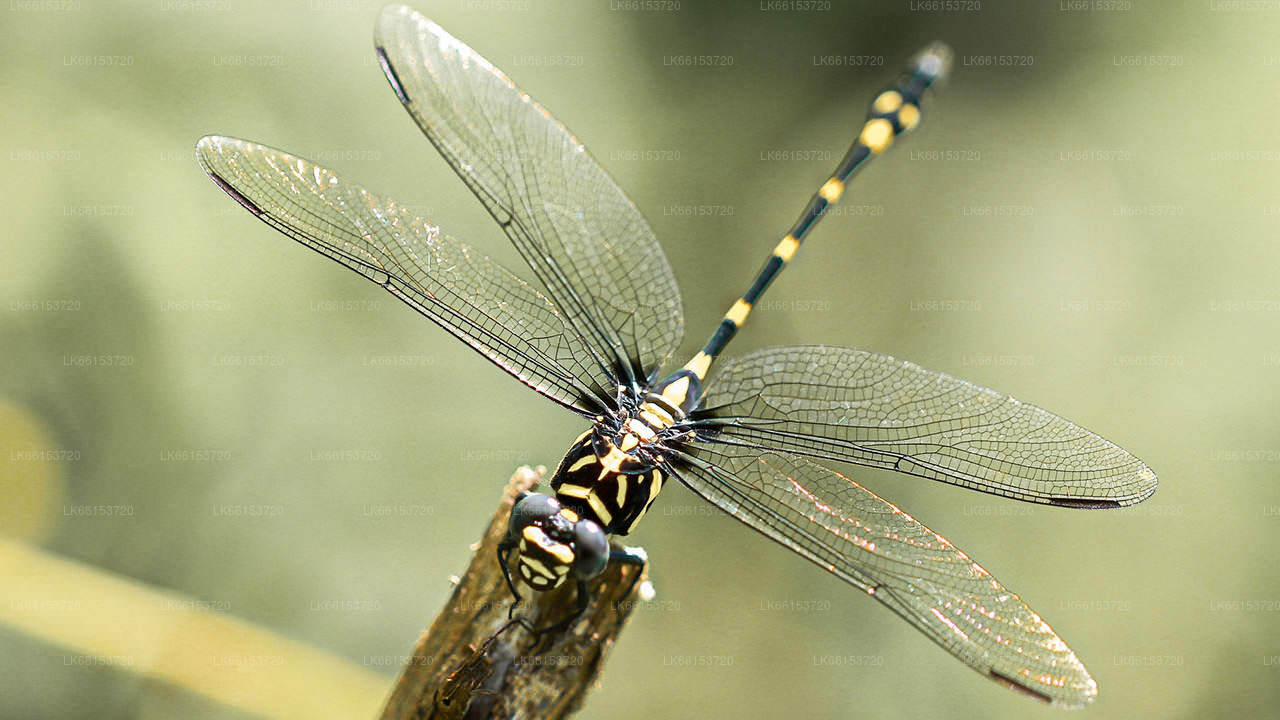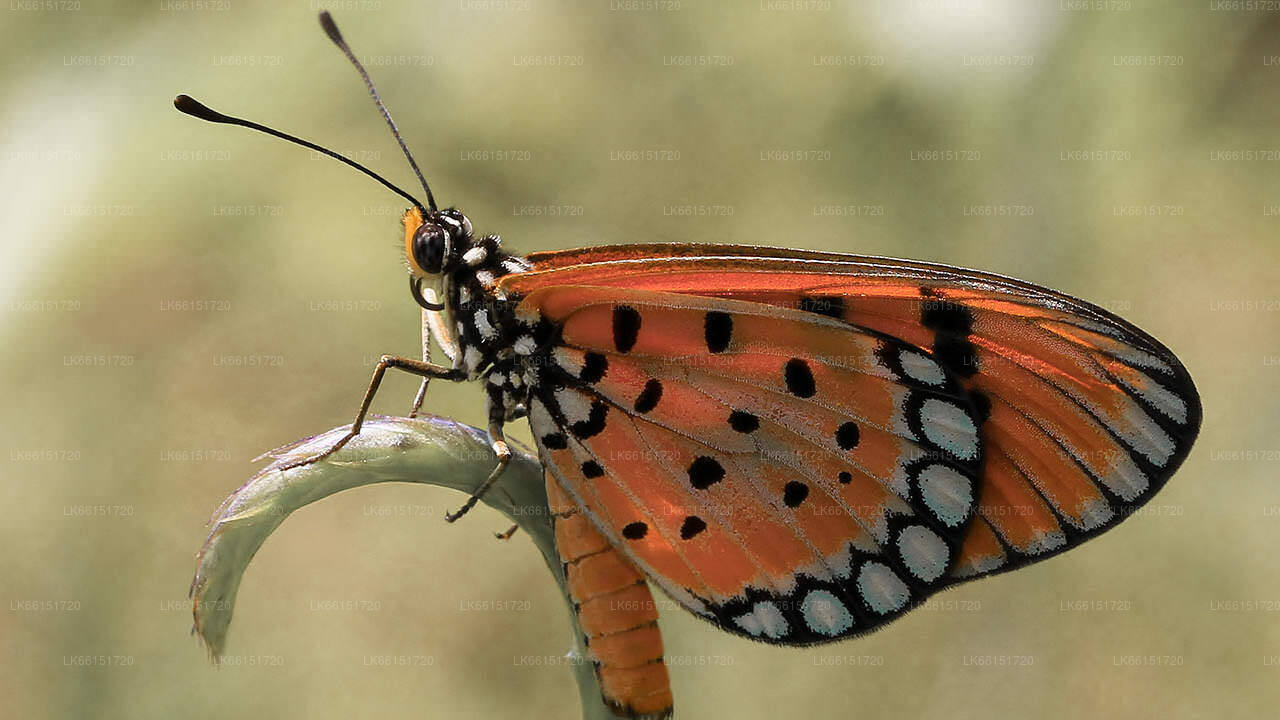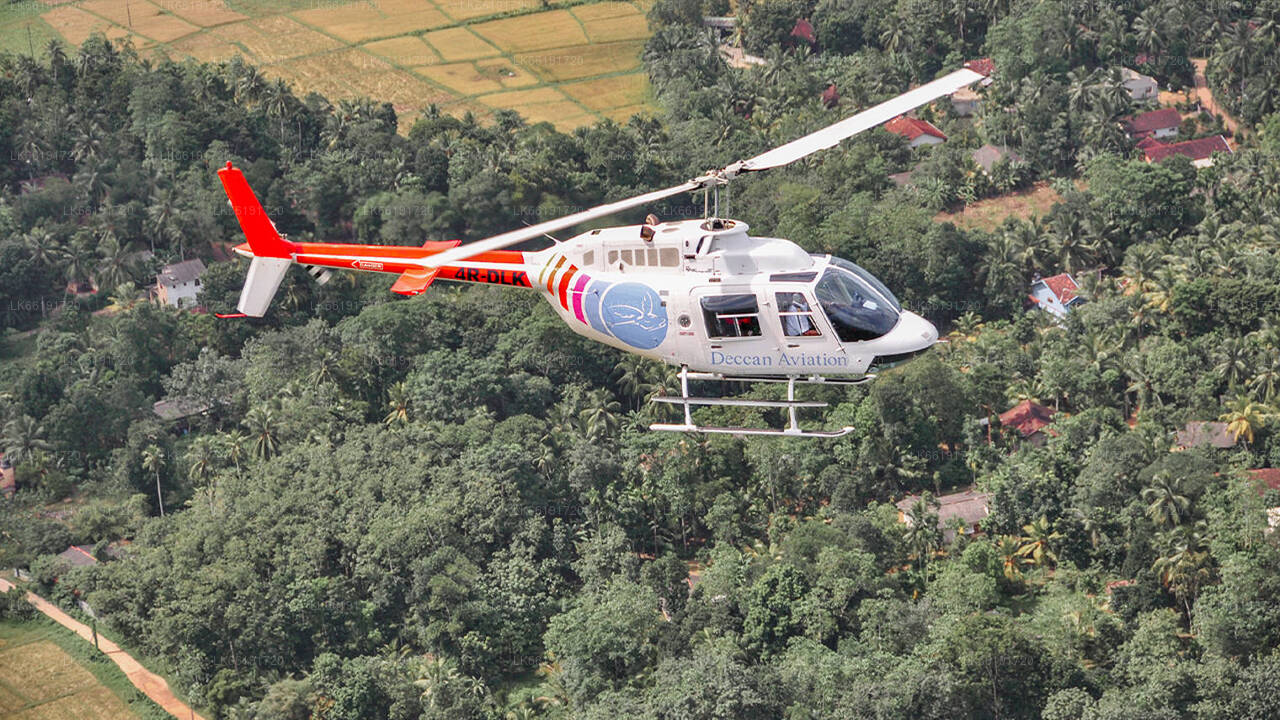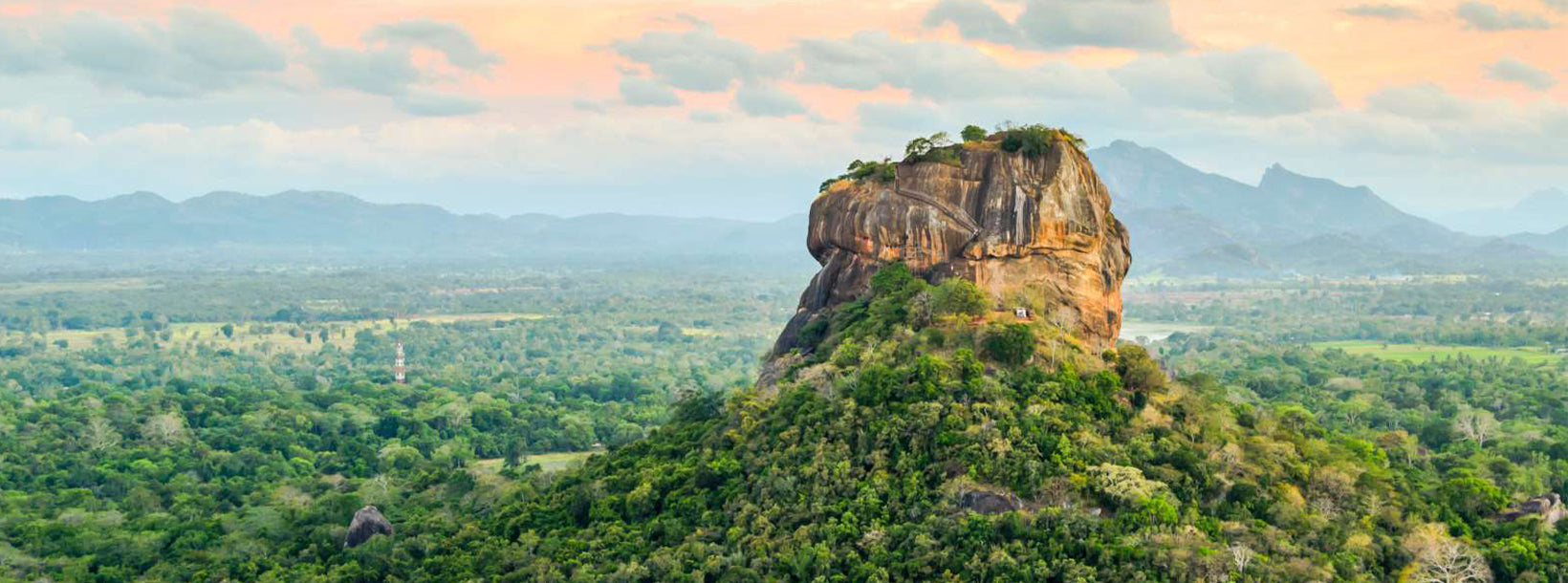
Sigiriya linn
Sigiriya, UNESCO maailmapärandi nimistus Sri Lankal, on iidne kaljukindlus ja palee, millel on vapustavad freskod ja ulatuslikud aiad. See kerkib dramaatiliselt tasandikest ning annab tunnistust saare rikkalikust ajaloost ja arhitektuurilisest leidlikkusest. Avastage Sigiriya lummavat ilu ja kultuurilist tähtsust.
Sigiriya Museum
The museum in Sigiriya is well known to be the most attractive in South Asia, managed by the Central Cultural Fund. Sigiriya Museum represents its cultural, technological and archaeological value. Three decades of archaeological research on Sigiriya, the famous UNESCO world heritage site, can be explored at the Sigiriya Museum.
The design of the museum was inspired by the sophisticated design of Sigiriya itself. It followed the concept of Green Building with the mastery use of water and the use of trees so that it stimulates a true experience. Furthermore, the floors are built so that visitors can feel the Sigiriya climb through the ascending terraces and the wide stairways.
Established in 2009, the museum contains galleries depicting the excavation efforts carried out at Sigiriya. The way it was structured is an excellent example of green building technology, as it was expertly constructed around the massive and mighty trees that have reigned the area for eons, roots-deep, as well as natural water springs.
The museum has three floors, designed to suit the pre-existing levels within the rock itself. Introductions to the exhibits and guides are available in the three main languages (Sinhala, Tamil and English) in the museum lobby.
To enter the museum, you have to make your way through a tunnel, and once you reach the first level, you’ll be greeted by the protohistory section of the museum, which contains a bunch of artefacts, including age-old pots and implements made of iron.
The next level is dedicated to the monastic era of Sigiriya, and thus includes many exhibits from that period. Glass panels provide you an overhead-view of the rock fortress’ attractions, including the water gardens at its entrance, the rusty mirror wall, and even the summit.
- Entrance fees are included in your tickets to the Sigiriya Rock Fortress.
- Sigiriya Museum is open from 8 a.m. to 5 p.m. all week.
- Not permitted get the photography in the Sigiriya Museum.
Keskprovintsi kohta
Sri Lanka Keskprovints koosneb peamiselt mägisest maastikust. Provintsi pindala on 5674 km² ja rahvaarv 2 421 148. Mõned suuremad linnad on Kandy, Gampola (24 730), Nuwara Eliya ja Bandarawela. Rahvastik on segu singalitest, tamilitest ja mauridest. Nii mägine pealinn Kandy kui ka Nuwara Eliya linn asuvad Keskprovintsis, nagu ka Sri Padas. Provints toodab suure osa kuulsast Tseiloni teest, mille istutasid britid 1860. aastatel pärast seda, kui laastav haigus tappis kõik provintsi kohviistandused. Keskprovints meelitab ligi palju turiste, mägilinnadega nagu Kandy, Gampola, Hatton ja Nuwara Eliya. Temple Tooth ehk Dalada Maligawa on Keskprovintsi peamine püha paik. Kliima on jahe ja paljudes umbes 1500 meetri kõrgusel asuvates piirkondades on ööd sageli jahedad. Läänenõlvad on väga niisked, mõnes kohas sajab aastas ligi 7000 mm vihma. Idanõlvad kuuluvad keskmise kuiva tsooni, kuna seal sajab vihma ainult kirdemussoonvihmade tõttu. Temperatuurid jäävad Kandys 24 °C ja Nuwara Eliyas, mis asub 1889 m kõrgusel merepinnast, vaid 16 °C vahele. Sri Lanka kõrgeimad mäed asuvad Keskprovintsis. Maastik on valdavalt mägine, sügavate orgudega. Kaks peamist mägipiirkonda on keskmassiiv ja Kandyst idas asuv Knucklesi mäestik.










